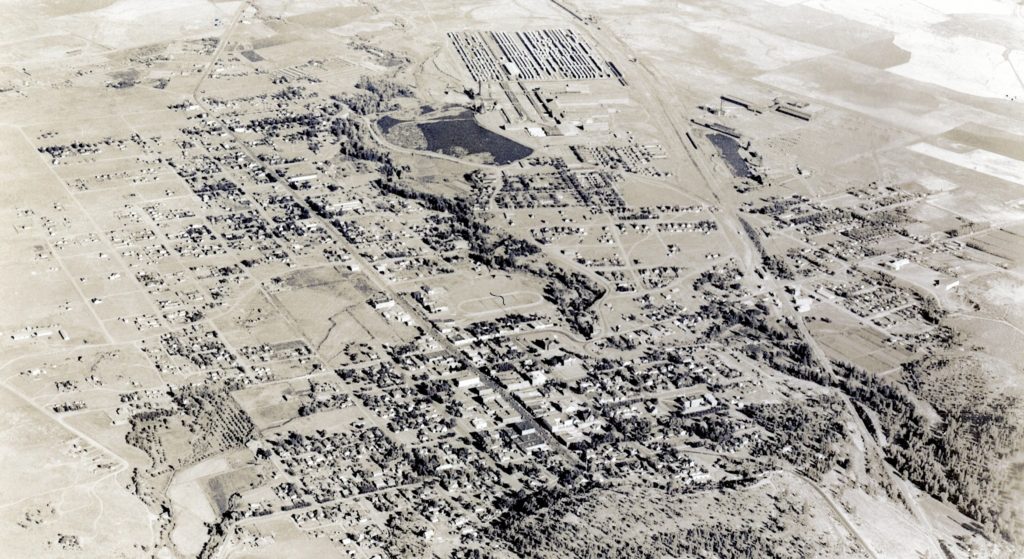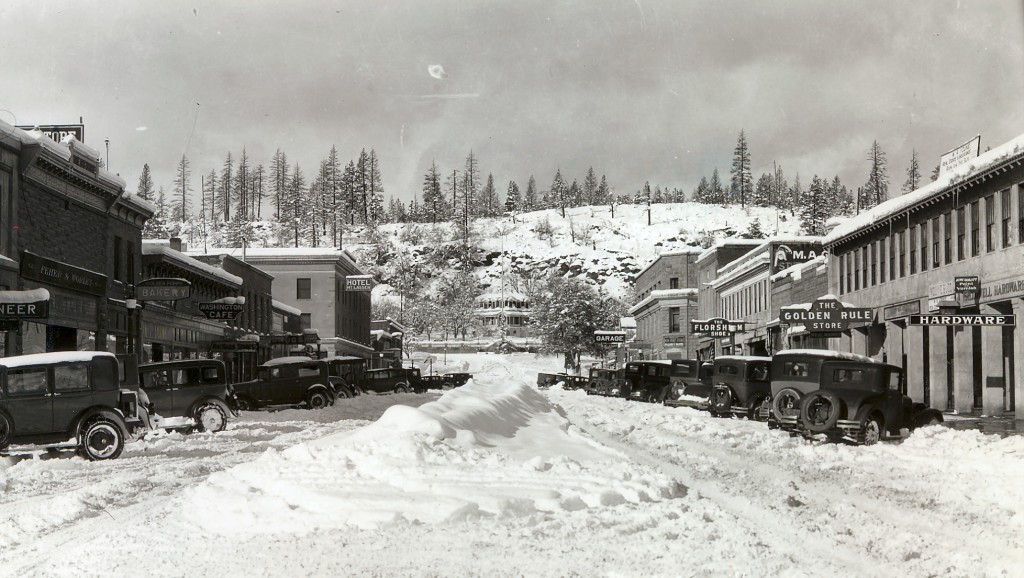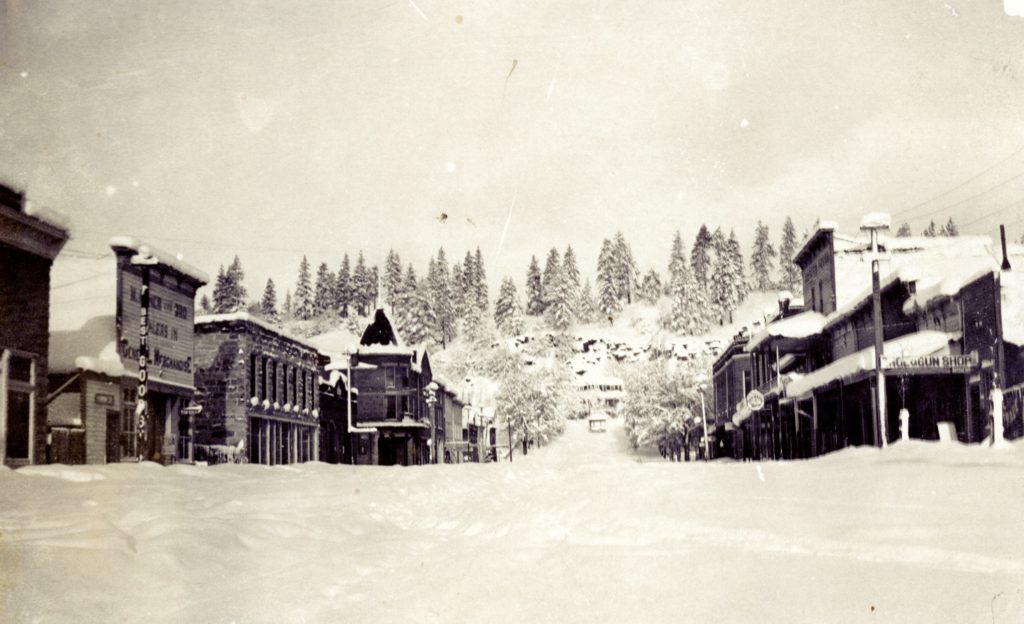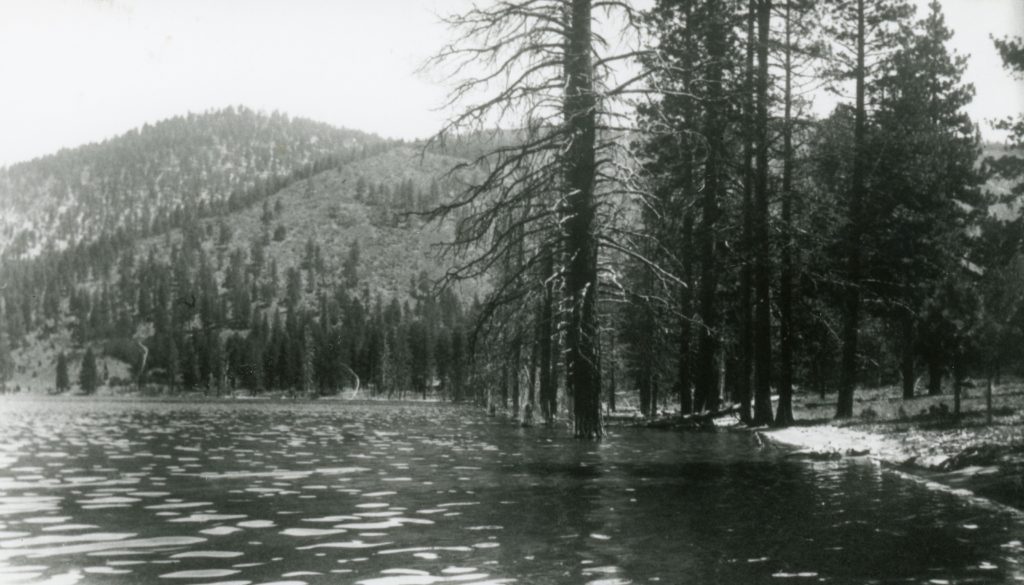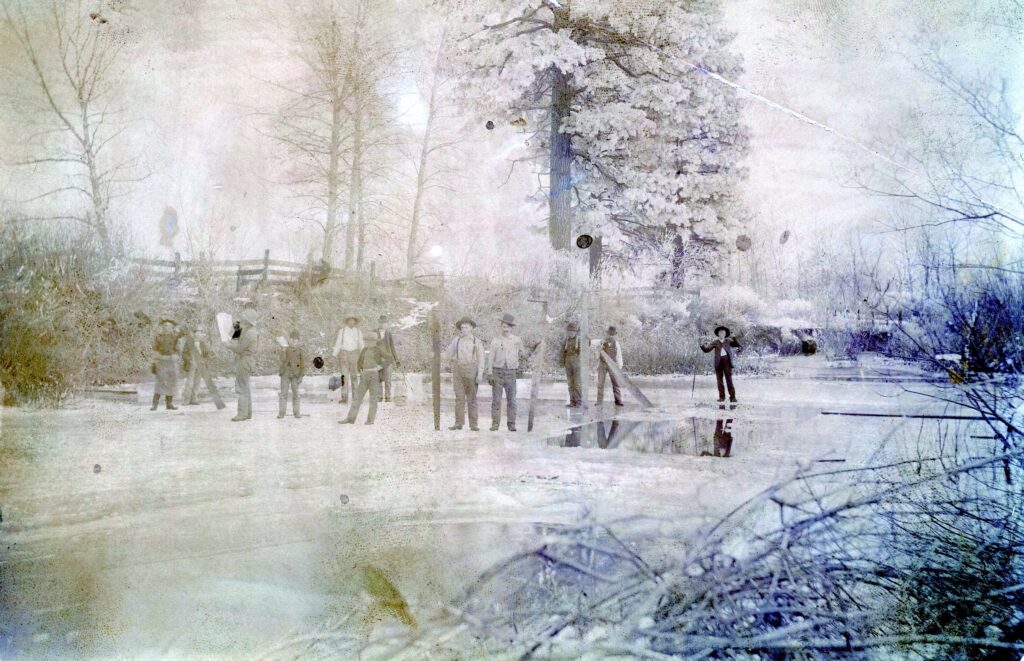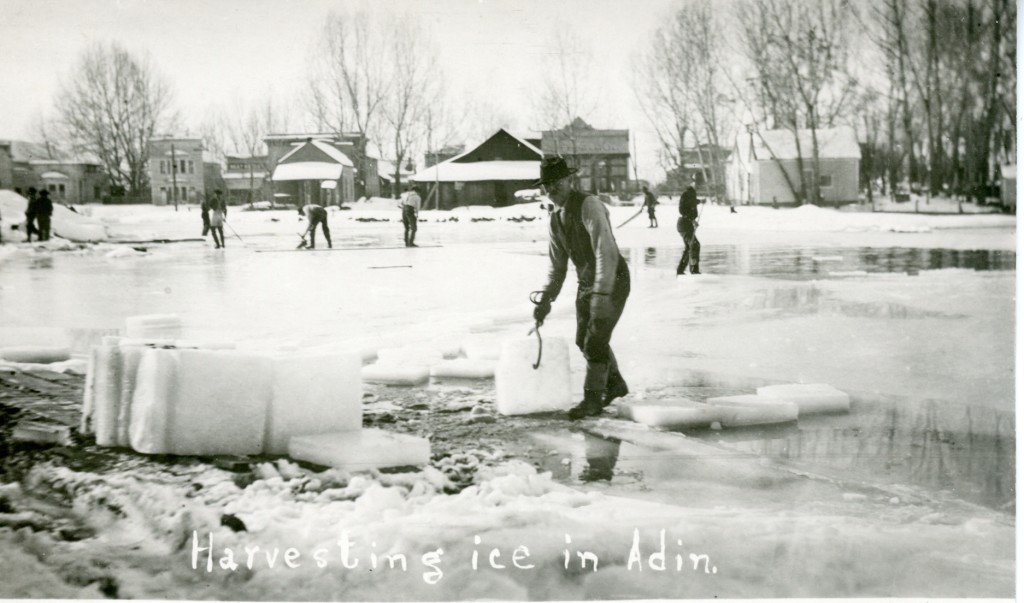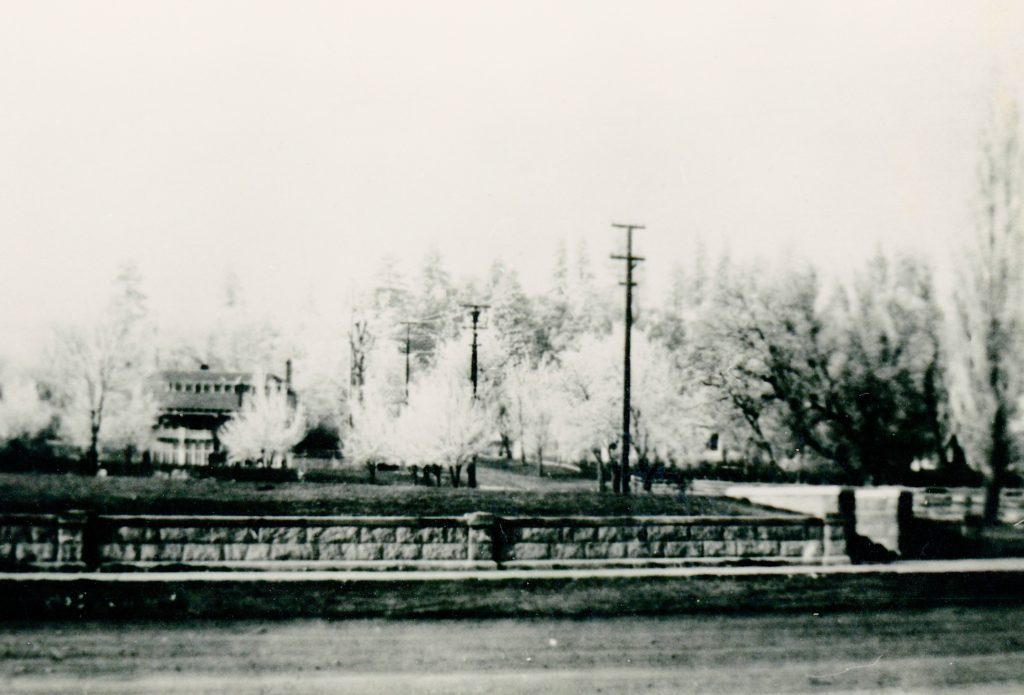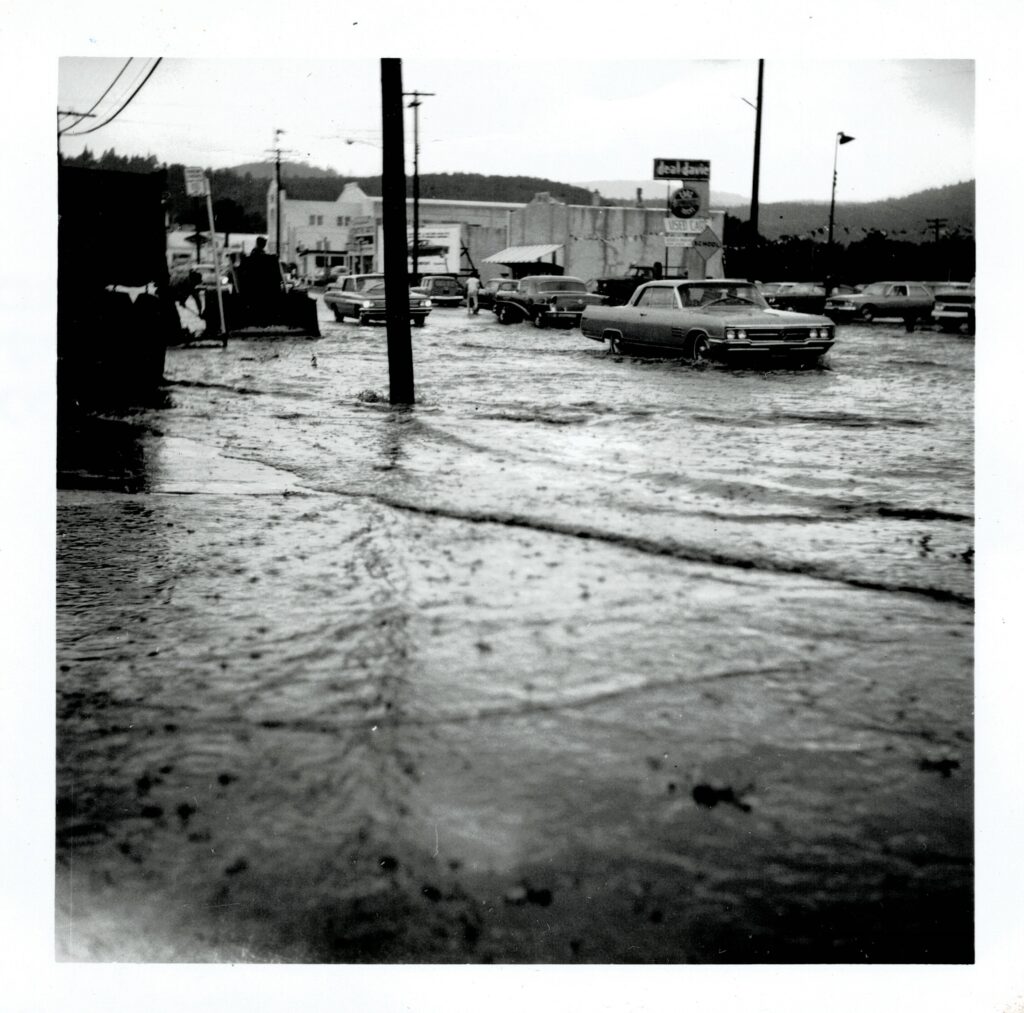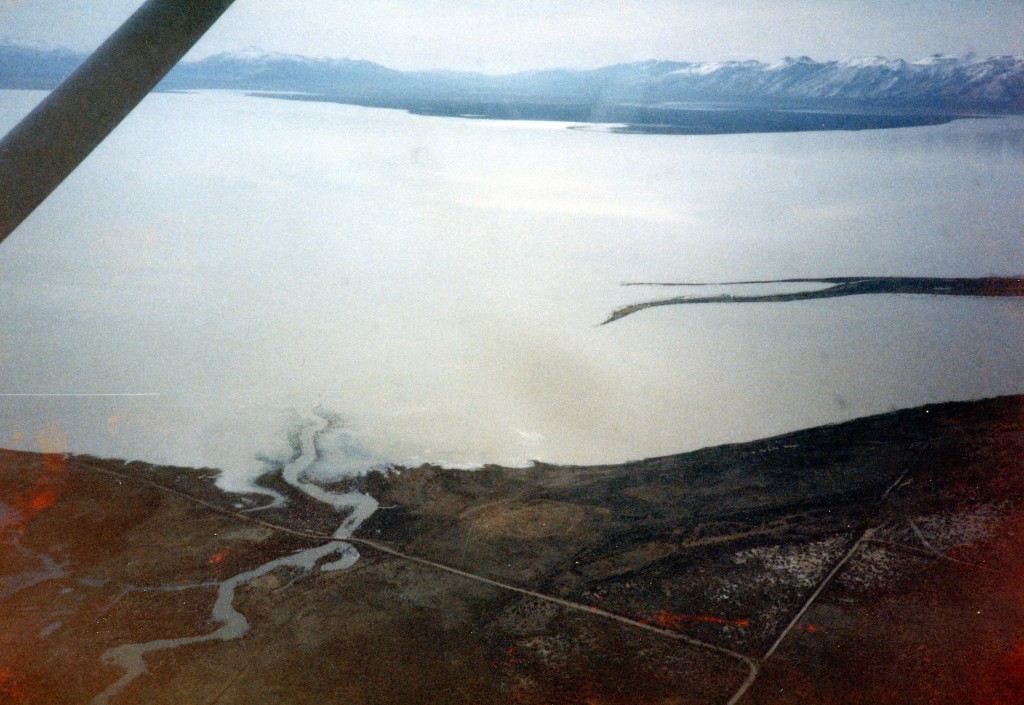
The winter of 1861-62, is one for the record books for the entire West Coast.. The epic rains throughout California lasted over forty days. Thankfully, the A.L. Tunison diaries provide a glimpse of what happened locally and elsewhere.
The previous two winters had been dry. By the end of November 1861 there was a foot of snow in the Honey Lake Valley. Then on December 8 and 9, heavy rains began. On December 18, Tunison received news of flood damage elsewhere and writes, “Good flood in Sacramento Valley. Water 15 feet deep in Sacramento City. Boats run on Main Street in Marysville. Great many cattle lost. Slide on Sierra Nevada Mountain at Washoe covered up a quartz mill, injured two men, killed another. Two bridges gone on the Truckee River.” Continue reading Weather Whiplash of the 1860s

